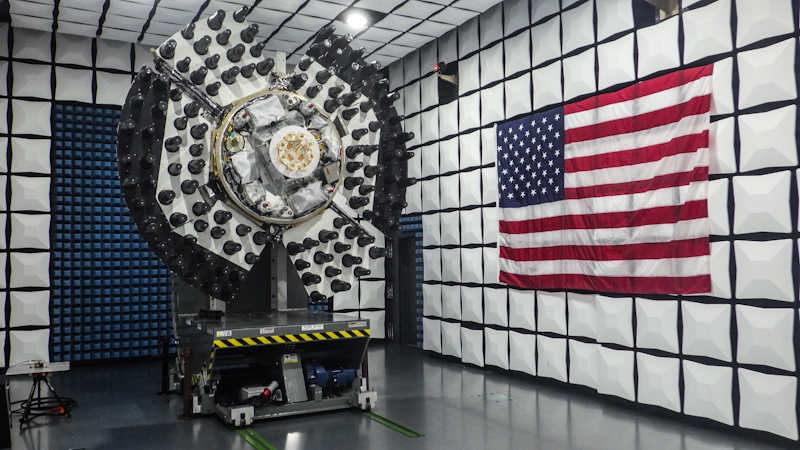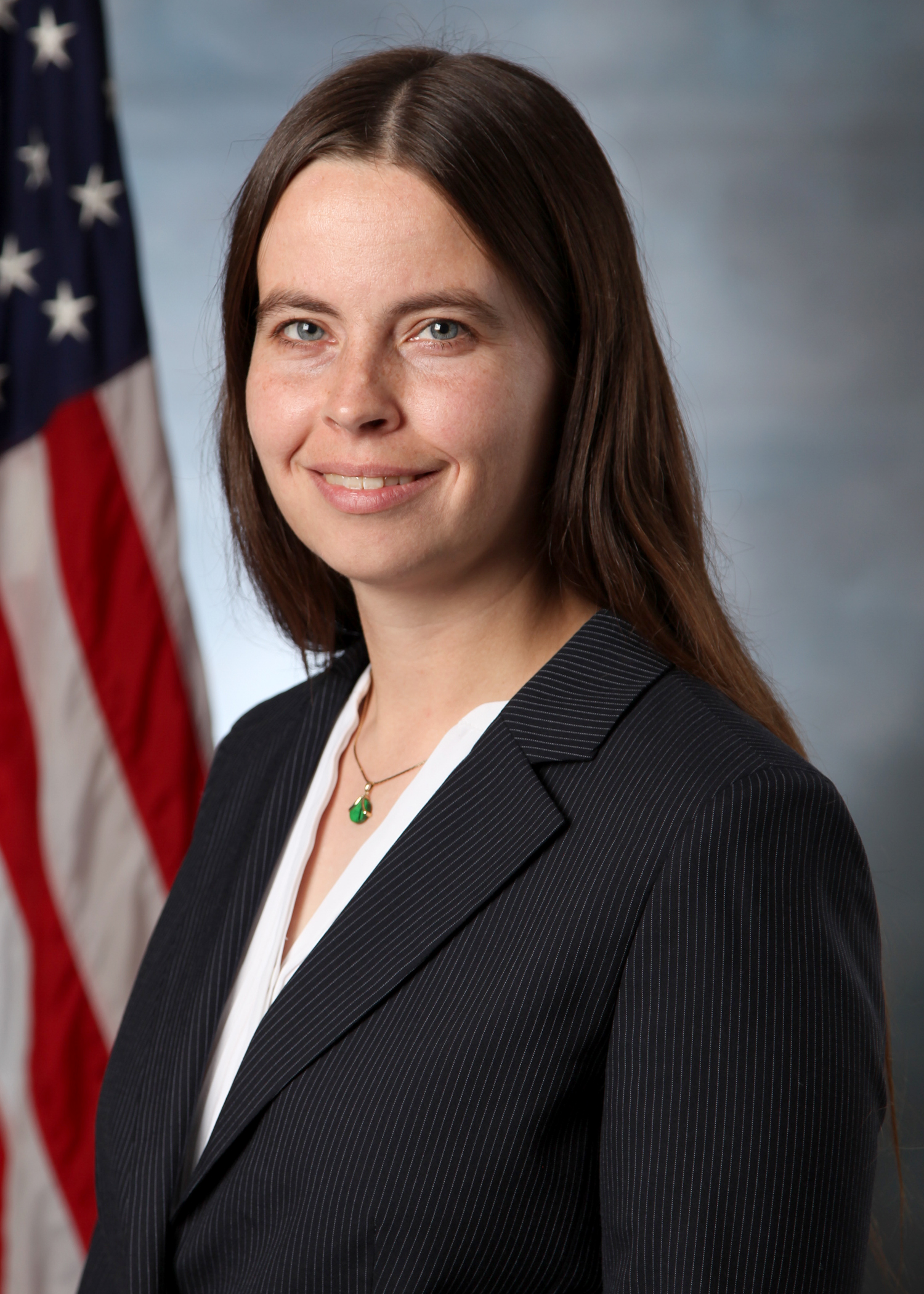For the first time in nearly 50 years, the United States has launched an experimental GPS satellite — marking a leap forward in reprogrammable space technology that could transform how we navigate the world.
At the center of this new initiative is Dr. Joanna Hinks, a 2002 graduate of Cedarville University. As a principal investigator for the Air Force Research Laboratory (AFRL), she is applying her expertise in science and technology to advance innovations that could reshape the future of GPS satellite navigation.
Hinks played a key role in the development of Navigation Technology Satellite-3 (NTS-3), which launched in mid-August from Cape Canaveral Space Force Station in Florida. Designed to be more accurate, secure and adjustable than previous satellites, NTS-3 aims to enhance data distribution, improve timekeeping and reduce the risk of major satellite outages.
NTS-3 is the first experimental satellite launched by the United States since 1977. With nearly five decades of technological advancement to draw on, the project team sought to break from traditional practices and capitalize on modern capabilities.

“Everything we were doing was brand new,” said Hinks. “We came along nearly 50 years later, and there’s a lot of technology and practices that have been set in stone. But we haven’t always stepped back to evaluate them.”
One of the most groundbreaking features of NTS-3 is its ability to be reprogrammed after launch — a significant shift in satellite design.
“NTS-3 is digital and reprogrammable. Historically, once a satellite is launched, it will have all the capabilities it will ever have,” said Hinks. “Reprogrammable satellites are the first step towards more easily modifying our satellites.”
The innovations of NTS-3 are significant for the industry, which is often limited in its ability to change. Because billions of users depend on GPS, making even a small change will affect at least one user. Any changes made to GPS are typically small, incremental changes made to the satellite before launch.
“Eventually, we want this reprogrammability to be as easy as downloading an app to your phone,” said Hinks. “But it’s just not there yet.”
Hinks credits Cedarville University with preparing her to contribute to projects like NTS-3. “My background in mechanical engineering gave me the technical knowledge I needed,” she said. She also pointed to the practical experience she gained by writing reports, giving presentations, leading student sessions and working in team settings. “These helped me gain confidence in both what I knew and what I didn’t know.”

Hinks has recently agreed to lead a seminar at Cedarville University for students with an interest in aerospace. “It’s a growing field, and younger engineers are the ones that do a lot of the day-to-day work on the project,” she said. “They don’t know what’s impossible yet, and so they often end up doing the impossible.” Hink’s expertise will help aspiring engineers learn about the field.
Looking forward, Hinks will spend the next year experimenting with NTS-3 while it remains in orbit. “There’s a lot of interesting problems out there to solve, a lot of new stuff happening in space,” she said. The results of NTS-3 may be unpredictable, explained Hinks, “but there are several interesting directions it could go. There’s a lot of innovation happening.”
Cedarville University, an evangelical Christian?institution in southwest Ohio, offers undergraduate and graduate residential and online programs across arts, sciences and professional fields. With 7,265 students, it ranks among Ohio's largest private universities and is recognized by?The Wall Street Journal?as being among the nation’s top three evangelical universities. Cedarville is also known for its vibrant Christian community, challenging academics and high graduation and retention rates. Learn more at?cedarville.edu.?
